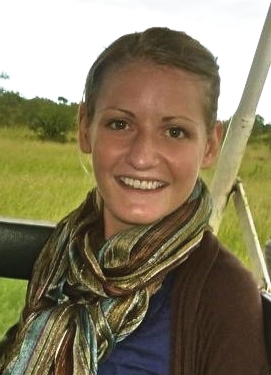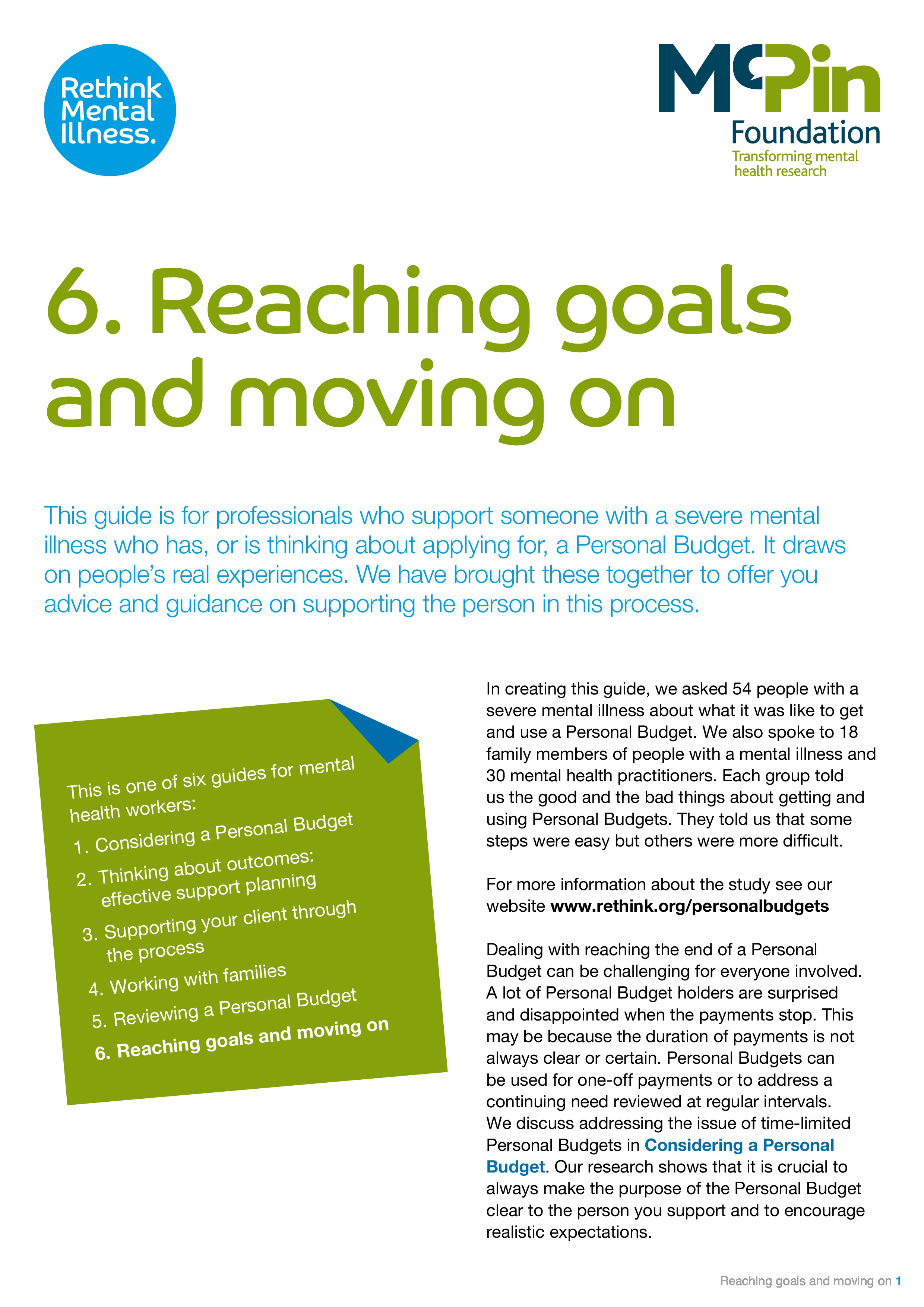
by Joan Rapaport
How does it feel to be confused or abused and needing or pleading for services? Given the damaging effects of trauma, what helps and hinders recovery? How do services respond, and do practitioners ask the right questions?
With reference to recent research, these and other questions were robustly addressed by experts in dementia care, domestic violence, substance misuse and women in secure settings at Making Research Count’s November 2012 event.
At a time when economic pressures put greater strain on people’s mental health, yet also threaten the existence of some services, what are the priorities when it comes to social work practice?
The speakers were: Professor Jill Manthorpe (Director, Social Care Workforce Research Unit) on older adults; Dr Roxane Agnew-Davies (Director of Domestic Violence Training Ltd) on domestic violence; Dr Sarah Galvani (Assistant Director, Tilda Goldberg Centre for Social Work and Social Care) on substance misuse; Kelly Alexander (Senior Lecturer, University of Bedfordshire) on women in secure settings; and, Mike Fisher (Professor at the University of Bedfordshire).
Older people and mental health: Professor Jill Manthorpe
No-one can fail to notice the current interest in dementia, but social work practice with older people needs to be equally aware of the distress and poor outcomes of other mental health problems in later life. Jill Manthorpe described such problems as not always arising in old age but often being of much longer duration. The value of social work’s attention to social circumstances, she argued, was that this could uncover long-standing concerns or, alternatively, simple acceptance among relatives or friends of the older person – the perception may have been, for example, that they had often been a ‘bit of a loner’ or ‘had always had trouble with their nerves’.
Common problems encountered were depression and anxiety, with some schools of thought seeing these as separate but others as very much connected. Social workers needed to know that people had seen their GP about troubling symptoms – and should ask older people directly about pain since that may overshadow other problems and also need attention. Jill noted that best practice here was not necessarily about changing the person but maybe the circumstances. As personal budgets are becoming so much more the norm, social workers will have new roles in interpreting mental health needs into desired outcomes, in devising workable support plans with contingencies, and with advising directly employed staff or brokers about situations that are puzzling them and might be related to an older person’s mental health.
So what should change?
Social workers should remember that it can be hard to differentiate depression from dementia – and that the two can co-exist. The high level of interest in dementia should not mean that other problems are marginalised – severe anxiety, for example, can have a very poor prognosis. Urgent help may be needed. Like other professionals, social workers should ask more about pain and encourage help-seeking behaviour. There are great continuities here in terms of social workers’ more general role as educators, team workers, advocates and ‘listening ears’.
The impact of domestic violence on women’s mental health: Dr Roxane Agnew-Davies
Dr Agnew-Davies described domestic violence as having a major impact on mental health. She urged social workers to ‘get personal’ and reflect on feelings arising from their own traumatic experiences. She also highlighted the importance of understanding ourselves to better understand the predicaments of others. She further asked for reflection on scenarios, such as the likely consequences of disclosures or non-disclosures and the burden of carrying secrets, especially where perpetrators of abuse and victims were in a close relationship.
Typically, women who are victims of domestic violence feel threatened, are severely physically and emotionally abused, isolated and demoralised. They suffer long-term effects of post-traumatic stress disorder (PTSD), depression and psychological distress. Medication is often prescribed. However, this cannot cure frustrated feelings of anger that are often misdirected towards their children or themselves, rather than the perpetrator of the abuse. Strong links are found between domestic violence and the incidence of child abuse. Children who witness violence in the home are also exposed to emotional harm.
So what should change?
Dr Agnew-Davies highlighted the importance of staff training to ensure help was sensitively offered and nurtured trusting relationships and engagement. She stressed the importance of understanding the stage women were at when they came to the attention of services and asking the right questions. Thus, for a woman in crisis, it should not be ‘how did you get that black eye’? but ‘who harmed you’? to ensure the victim understood that perceptions of blame focused not on her but on the abuser.
In respect of child protection, citing a New York study, Dr Agnew-Davies cautioned against automatic removal of children in cases of domestic violence. In New York, child protection and domestic violence units work in partnership and are creating new initiatives to help prevent the violence from worsening with a prime objective of, wherever possible, keeping the children in the home.
In terms of prevention, it was important to work in schools to address misplaced attitudes legitimising violence towards women and help young people understand what makes for healthy relationships.
Problematic substance use and mental health: Dr Sarah Galvani
Commenting on the power of language, Dr Galvani said that users of services preferred and identified with the term mental distress rather than mental illness. The term ‘dual diagnosis’ could be misleading because, so often, personal histories reveal multiple co-existing psycho-social problems. Whilst the evidence regarding cause or effect and extent of overlap between substance use and mental distress is conflicting, strong associations are nevertheless clear.
Cannabis and alcohol are the nation’s favourite substances. Although cannabis is often implicated as a cause of mental illness, the scientific evidence is contradictory. The position is further confused by the different types and strengths of the substance which are now available. However, ‘a fair body of evidence’ suggests that early usage of the drug by young people is significantly damaging. At the other end of the life-span and in respect of alcohol intake, older people are now emerging as a new risk group. However, in spite of the prevalence of problematic substance usage, in 2008 40 percent of local authorities had no local strategies in place and later evidence highlights the need for better support for this group. People from minority ethnic groups are particularly poorly served. Although some evidence of creative practice exists, social workers tend to lack confidence in working with this client group.
So – what should change?
In terms of training and asking the right questions, it is important to recognise not only potentially damaging effects of substance use, but also people’s positive experiences, such as relaxation and reduction of unwanted side effects of prescribed psychotropic medication.
Assessments should focus on people’s needs, include ‘collateral’ information from friends and family, be conducted with empathy, demonstrate listening skills over and above form-filling, assess levels of mental distress, acknowledge cultural and religious beliefs and set realistic achievable goals.
Good practice should routinely include advocacy, partnership working and recovery rather than treatment approaches to help people regain control over their lives and a role in society and to establish healthy relationships.
Women and mental health in secure settings: Kelly Alexander
Women in secure settings have complex psycho-social profiles. Histories of childhood sexual abuse, having been ‘in care’ and evidence of social and economic deprivation are marked amongst this group. Unlike men who tend to enter secure psychiatric settings via the criminal justice system, most women in comparable units are detained under civil sections of the Mental Health Act 2007. Men in prison are more likely to have committed violent and sexual offences, whereas the incidence of violent offending is lower in respect of women prisoners. Many women in secure hospital units have histories of self-harming and aggressive behaviour and they are likely to have diagnoses of personality disorder. Over half of women prisoners report having suffered domestic violence. Substance misuse and mental health issues feature heavily amongst women who offend (located in both hospital and prison settings). Significantly, a Home Office study (2008) found that nearly 18,000 children are separated from their mothers by imprisonment each year but only 5 percent of these remain at home.
What should change?
Into the Mainstream (2002) addresses the psycho-social, economic and gender-related factors relevant to this client group. Ms Alexander highlighted the potential for social work to assert itself arising from the report by ‘filling the gaps’ in areas, such as:
- promoting the social context of women’s experiences with particular reference to the abuse histories, which arguably should be placed at the centre of the care plan;
- responding to the ‘brighter future’ identified by women who self-harmed when provided with social support;
- seizing opportunities to challenge damaging ‘deficit-based constructions of women’ and reframe generally held perceptions;
- addressing the apparent neglect of family and child care ‘separation’ issues;
- identifying the specific needs of women from minority ethnic groups;
- providing a bridge between the agencies involved, the woman and her community.
What were the main themes to emerge from the day?
At the concluding session of the conference Professor Mike Fisher noted:
- The importance of sensitivity and understanding the feelings of people seeking help;
- The potential for partnership working at strategic and grass root levels to develop and implement policy and promote innovation;
- The need for assertive social work focusing on the social history, user needs and multi-agency working – and filling the gaps!
… And delegates’ unanswered questions?
- How can social work retain its identity in the climate of economic constraints and dominance of healthcare models and mindsets?
- How might the voices of survivors about their experiences of recent changes in services inform recovery models?
- What is the role of ‘practitioner researcher’? What support can MRC provide to help practitioners to get started?
Finally, Professor Fisher urged delegates and wider MRC membership to engage in dialogue about ideas for future programmes and ways of supporting continuing professional development.
Thoughts…comments…suggestions? What are the priorities in mental health social work practice?
Dr Joan Rapaport is Visiting Research Fellow at the Social Care Workforce Research Unit, King’s College London and lay member of the Mental Health Review Tribunal. This is a report of a one day conference organised by Making Research Count and held 23 November 2012 at King’s College London. Making Research Count is an English initiative that facilitates the dissemination of research findings between academics, practitioners, carers and users in the social care field.
 Meredith Newlin, Research Fellow at the Social Care Workforce Research Unit in the Policy Institute at King’s, reports from Sierra Leone. Her post incorporates photographs of the Sababu Training Programme in action last month. (1,386 words)
Meredith Newlin, Research Fellow at the Social Care Workforce Research Unit in the Policy Institute at King’s, reports from Sierra Leone. Her post incorporates photographs of the Sababu Training Programme in action last month. (1,386 words)

